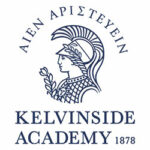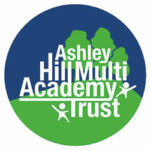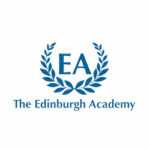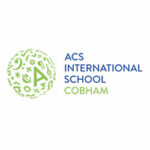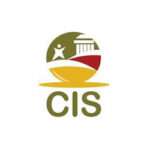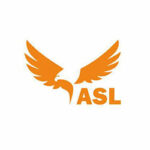Teachers who are questioning how they deliver the curriculum tell us that they believe learning spaces should have different and easily recognised zones, each of which perform a different function.
These ‘next generation learning spaces’ (in New Zealand, they call them ILE’s – innovative learning environments) have evolved out of ‘classroom of the future’ programmes – initiatives that came about as ICT started to take hold and be used more extensively in classrooms.
Whilst some traditional teachers sought to ‘go back to basics’, progressive educationalists started to create learning spaces that they felt were more responsive to the different tasks performed in the classroom.
Of course, there are specialist spaces in schools – those serving science or technology faculties, sports or drama for example.
But learning environments that are designed to support subjects such as the humanities, languages and maths, we believe should have, as a minimum, spaces to:
- GATHER & PRESENT
- COLLABORATE
- CONTEMPLATE
In 1999, in ‘Campfires in Cyberspace’ David Thorburg coined the terms Campfire, Watering Hole and Cave to describe these zones.
Whether or not you like those specific terms, the Learniture® portfolio of products is specifically designed to enable you to create them.

